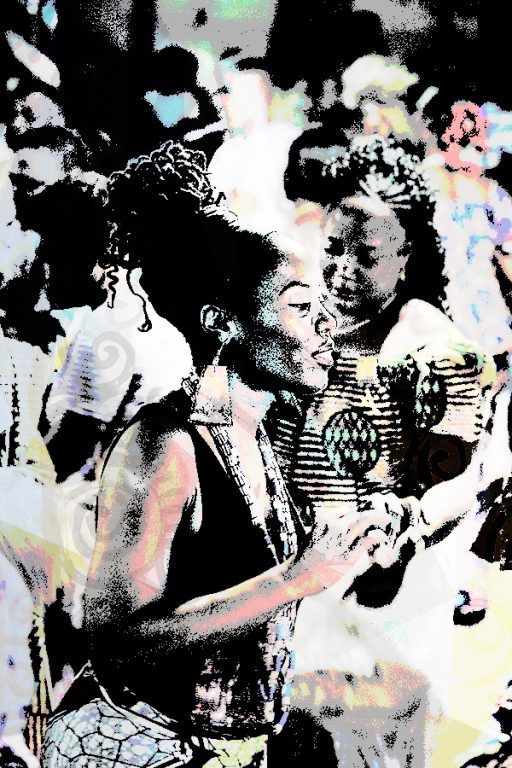VOODOO IN TOGO AND BENIN
Voodoo (voodoo), which originated in the sub-Saharan religious space with its thousand-year-old rites and rituals, has always been the religion practised by the inhabitants of the Gulf of Benin, particularly in Nigeria, present-day Benin, Togo, Ghana, and so on. This term voodoo includes all the deities such as Sakpata; Egoun; Oro; Hebiesso; Dan etc… with one and the same god; Mawu or Mawun (among the fons in Benin). Voodoo thus designates all the deities or invisible forces whose power or benevolence men try to reconcile. It is the affirmation of a supernatural world, but also the set of procedures allowing to enter in relation with it. Voodoo, intimately linked between the cultural and the religious, has become inseparable from the slave trade and is therefore widespread in America, Brazil and the Caribbean islands.
As a visual artist, I am interested in what voodoo represents today, in each of its zones of influence, with its local specificities. For some, it is the endogenous religion of West Africa in general and Benin in particular. For others it represents a dubious past, archaic, decadent and stigmatizing values. For the descendants of slaves, it is a memory of lost origins, which survived at the door of Ouidah’s no return.By incorporating my field photos in fragments of Togolese and Beninese walls, I share the vodun culture as I felt it, as a religion for initiates, a popular and festive social link, a resistance to a process of appropriation of Africa: bodies with slavery, lands with colonization, souls with evangelization.Beyond rites, history and taboos, my photos bear witness to the benevolence of the priests and followers whose paths I have crossed. The vodun may be what we do not see and which does not appear, but it gains to be known.
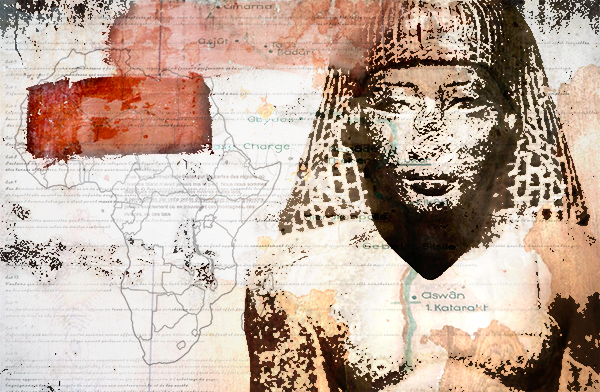
The Walls of Berlin
In 1454 Pope Gregory produced a bull legitimizing to the Catholic Kings the perpetual enslavement of pagans, Saracens and strangers. In 1685 the black code prepared by Colbert is an ordinance that legitimizes slavery in the islands whereas it has been forbidden in metropolitan France since 1315.
In 1885 the Berlin Convention, an act of division of Africa between colonizing countries, legitimizes a straight and illogical drawing of borders. IN 2020 many, starting with Hollywood, are unaware that some of the pharaohs were black….black!
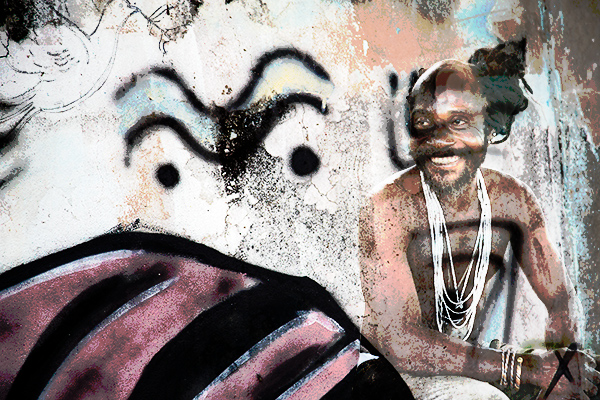
White Magic
White magic is used to do good, it summons occult forces to heal and advise. It usually involves behavioural and sacrificial injunctions. The principle of many religious rites is to give one’s god the best, life, and therefore blood. As such, white magic is pointed at by animal rights activists who protest against the ritual sacrifice of cocks, goats, and other animals.
A modernist current among the followers wish the passage from sacrifice by blood and meat of animals to oblations with symbolic objects.
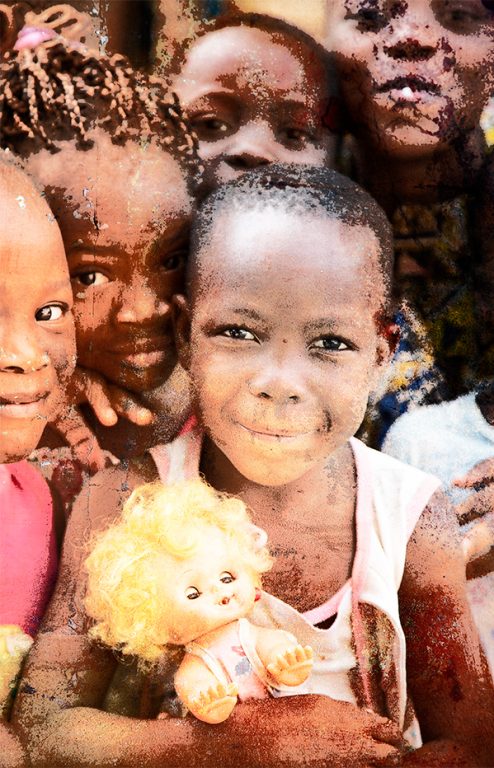
Black Magic
Black magic is the set of magical procedures used for evil or selfish purposes. Created by followers to take revenge on slavers, it is famous for its spells, needle dolls, zombies, potions…especially in Haiti. In Benin, you won’t a priori hear about a spell cast between Africans, and the most remarkable thing about this magic is its power of demonization, its way of attaching the black word to terrifying and immoral practices.
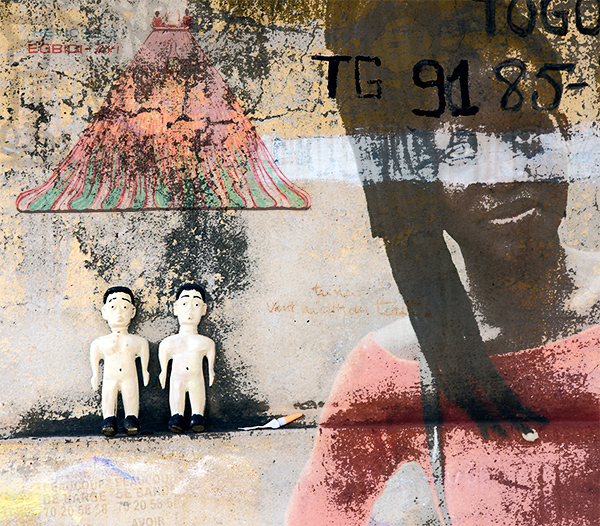
Red Magic
Red Magic is a subset of White Magic for everything concerning sexuality, love, affection and seduction. It is not supposed to compel, and although it is the youngest of the magics, it already existed under the name of Cleopatra’s Magic. The African Vodun cult is characterized by the importance of lineage, a newborn being the reincarnation of an ancestor, which leads … to fight against adultery in the feminine, a cause shared with the Christian religion. Here you can hear a priest declare in a marriage that if the woman must be faithful, she must also be understanding because the man is « multi-socket » and must from time to time plug in elsewhere.
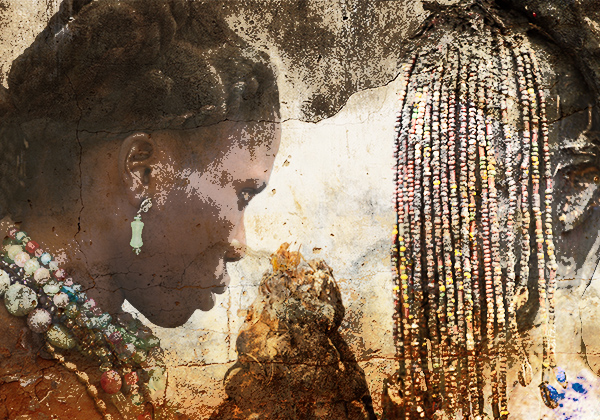
The TÔ-LEGBA
Fetish on which blood and feathers are poured, a small mound in the shape of a heap present in most of the houses of the followers. Legba is a deity of the vodun pantheon very present at crossroads, squares, village entrances… He sums up by the number of characters that can be attached to him the resemblance between the psychological characteristics of fetishes and those of men: vodun of disorder, anger, wickedness, intelligence, cunning, guardian of the property, messenger, vigilante….
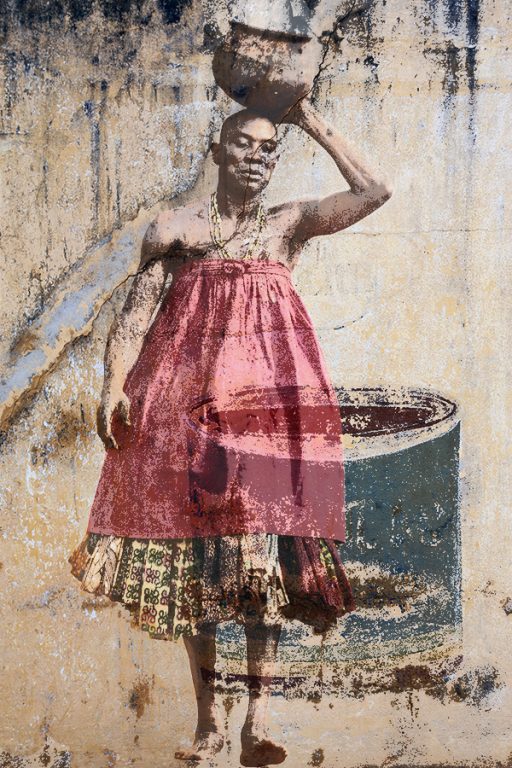
The Cauldron
This barefoot adept has made (at least) the round trip between Ouidah and the door of no return, 8 km, under a blazing sun, with a smoking cauldron on his head, without apparent effort. If no one could explain his rite to me, no one was surprised. It is the whole personalization of the rites that was expressed in this apparition.
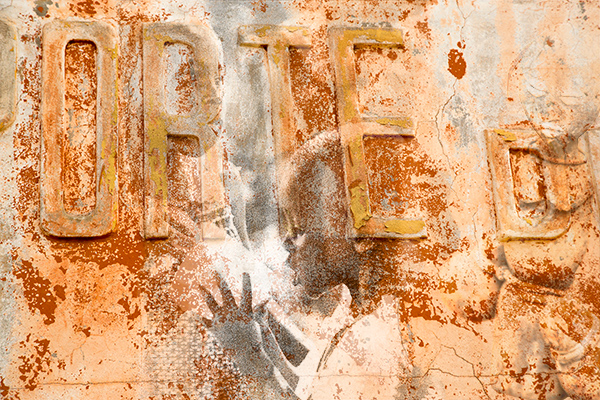
The Door of No Return
A visit to the House of Slaves and the passage through the Gate of No Return, so called because the slaves knew when they boarded the ship that they would never return, brings shame. Many descendants of slaves make the pilgrimage to one of the gates, in search of the land of departure of their ancestors. Since DNA tests are not accurate enough, their search is often in vain. The voodoo religion represents the link that runs through this door, illustrated by one of the etymologies of the word vodun: Breathe, and drink water
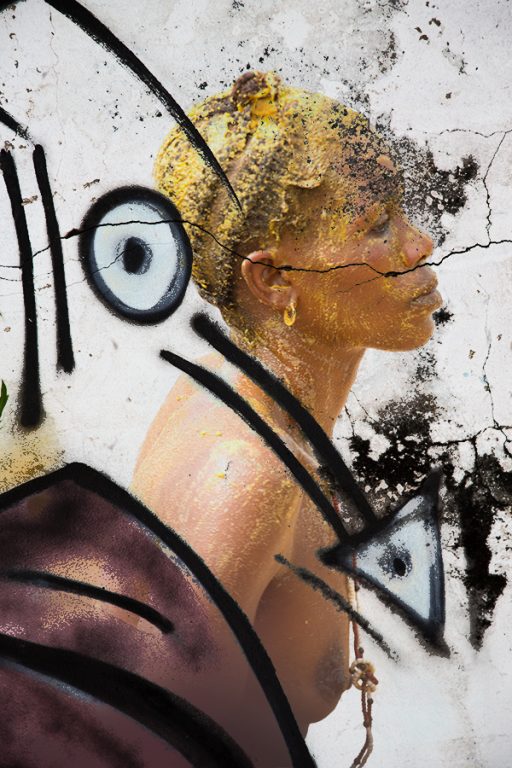
Black magic is the set of magical procedures used for evil or selfish purposes. Created by followers to take revenge on slavers, it is famous for its spells, needle dolls, zombies, potions…especially in Haiti. In Benin, you won’t a priori hear about a spell cast between Africans, and the most remarkable thing about this magic is its power of demonization, its way of attaching the black word to terrifying and immoral practices.
The Woman in the Rite
.On January 10, the big vodun festival takes place in Ouidah, Benin. In front of the door of no return, an official platform filled with dignitaries attends a staging of dances and rites. Tourists and the media are numerous, you have to pay to take a picture of a fetish, it spoils the party a bit even if most of the participants seem to overcome this success of curiosity
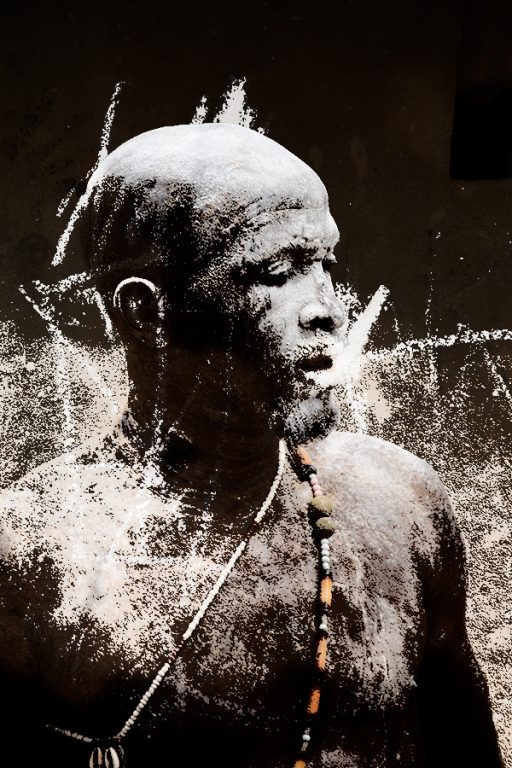
The insider
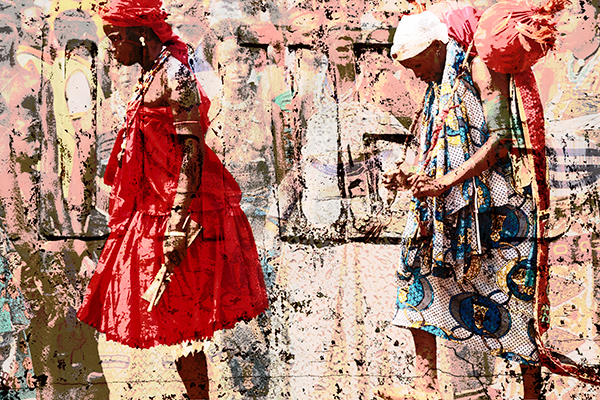
15 Men or 21 Women
15 men or 21 women was the price in slaves for a glassware. During the national vodun holiday, many references to slavery are ritualised by the followers, starting with the place of the ceremony, under the door of no return to Ouidah.

After the trance
It’s the sound of the drums that triggers the trance. In the middle of the party, a man who was dancing suddenly lost control, and the circle of tourists grew very quickly! The shout « vodun » rang out, two strong men came out of nowhere and immediately tackle him to the ground, and everything started again as if nothing had happened. When I told my guide about this event and told him that this man looked possessed, he replied that he was finally free…
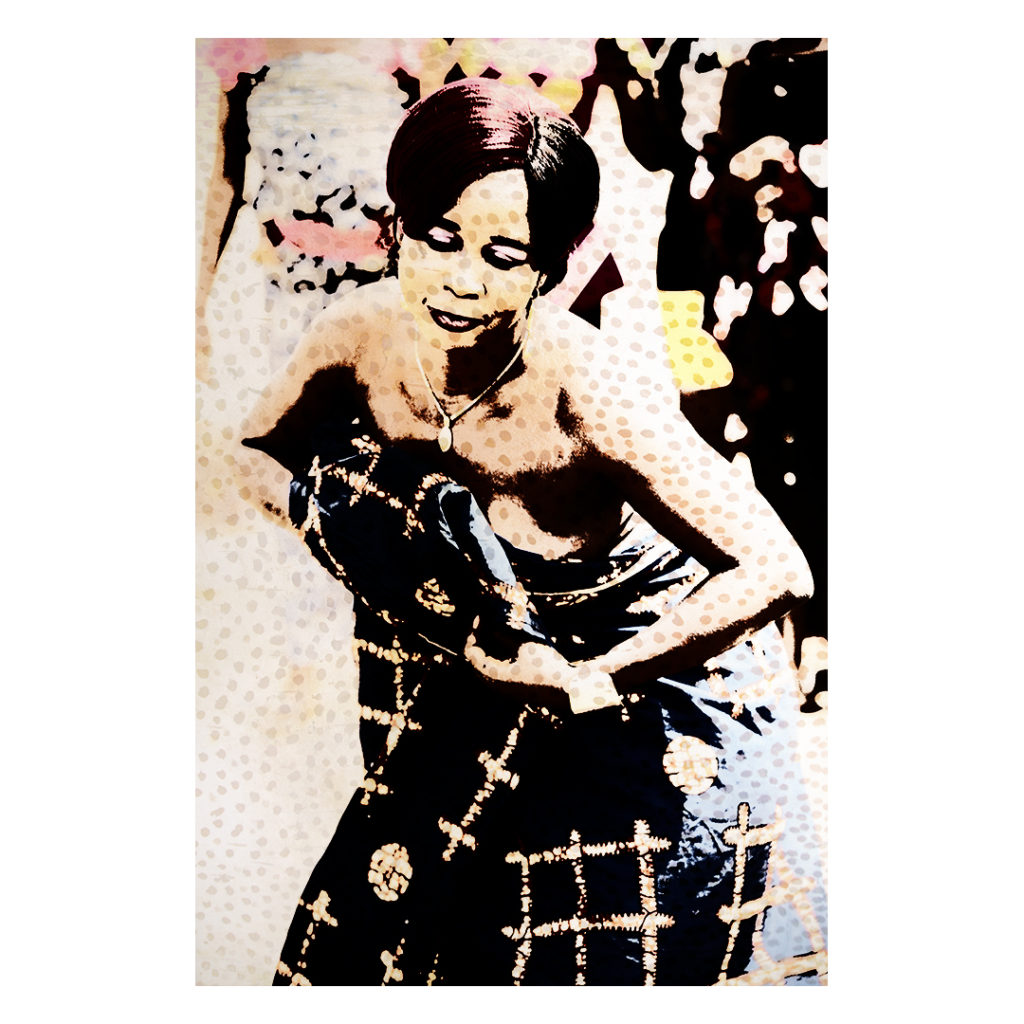
The meaning of the rite
The typical vodun dance movement often resembles a kind of squat with which a wing flapping would be associated. At first glance, it’s not very graceful, but some people manage to transmute lead into gold!
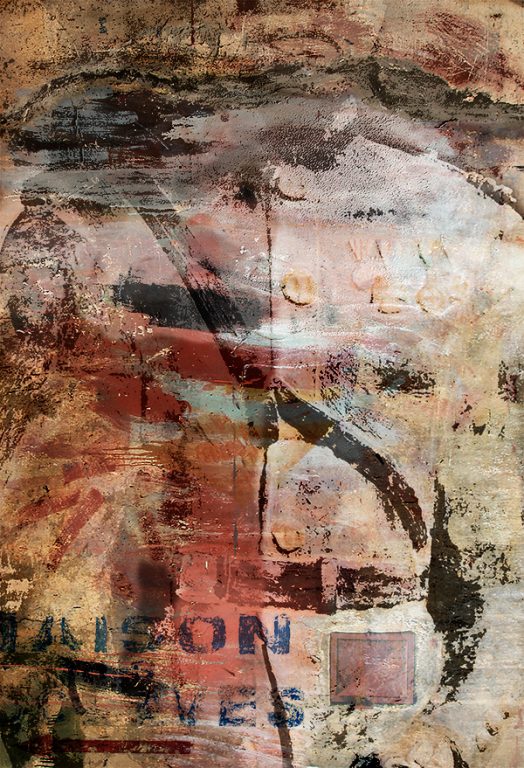
Entered the History
This fragment of discourse illustrates the symbolic gap between more or less repentant colonizers and ex-colonizers. This wooden soldier on a red wall reminds us that some armies are not there to protect their people but to repress them. And that the clergy are often more inclined to denounce immoralities rather than crimes against humanity…
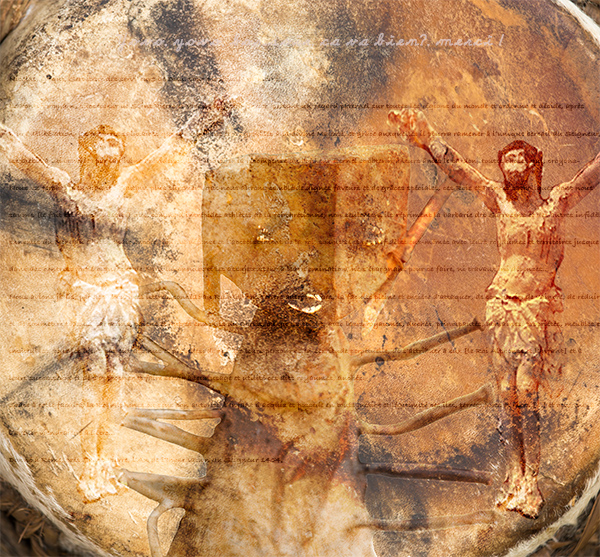
Yovo, yovo, bonsoir
A religion of reincarnation versus a religion of resurrection, individual and secret magic versus divine miracles, monotheism versus the pantheon: voodoo and Christianity have only nails in common, and this may explain why neither cult vampires the other.
Yovo, yovo, good evening, how are you? thank you! was the phrase that the children recited as the missionaries passed by to get sweets. Good evening instead of hello because it’s easier to pronounce. It is still today a sentence that a Yovo (white) photographer often hears during the day.
Today West Africa is a missionary land for evangelists who try to synthesize the codes of the vodun feasts by their songs and dances and the Christian codes by the moralizing sermons. A return to the sources for a religion born in 1901 in Kansas and originally considered as a black religion strongly influenced by African rites.

The Sacred Forest
The vodun is also a system of laws in phase with the preservation of the territory: to enter only once a year in the sacred forests, not to sin during the reproduction periods, to learn the medicinal virtues of the local plants.
The many food and social bans that were in place for several months before the new year put the whole population on an equal footing and defused tensions.
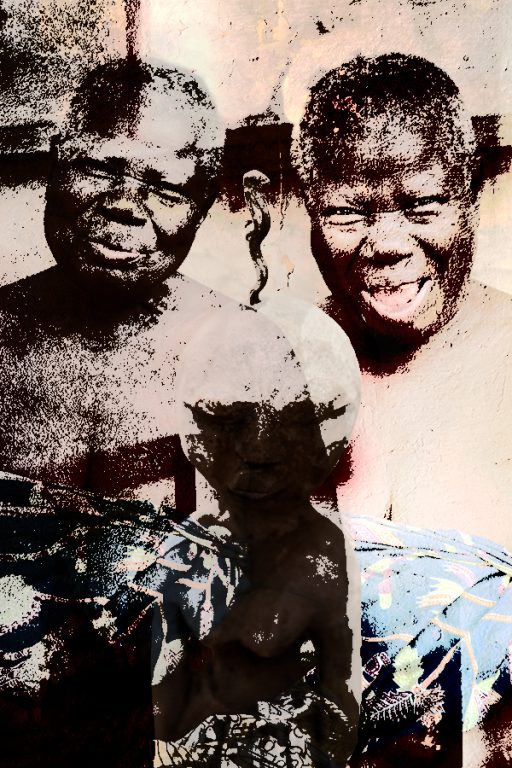
The Mambo
In the houses of the followers, one or more rooms are reserved for worship and chosen according to the rite to be observed. It is usually the oldest member of the group who leads the services, which is not surprising when one knows the respect due to elders in Africa. When the tone rises between two people, the older member has ample opportunity to calm the younger by simply reminding them of their status as elders…
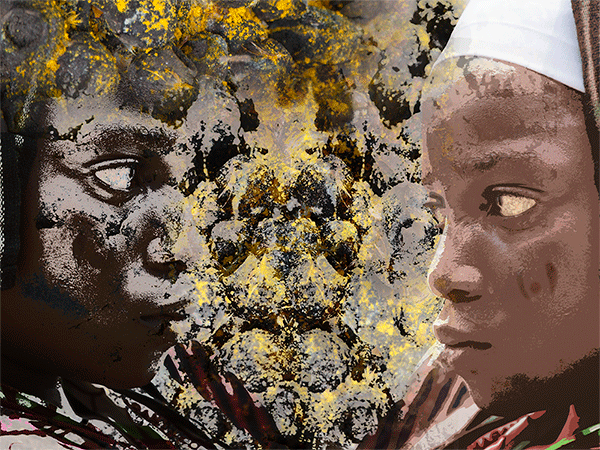
The twins
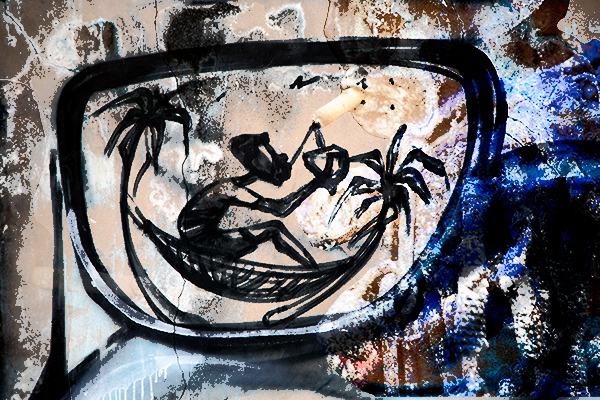
The Fetishes
Fetishes receive the blood or food of a sacrifice in order to be placed in good disposition in the face of a request from a follower during a consultation. More surprisingly, a small glass of alcohol or a lit cigarette are often the preferred offerings for fetishes, while apparently few followers smoke or drink. Is it the part of vice that humanizes the afterlife or the reminder that we are all condemned, with our last wills ?
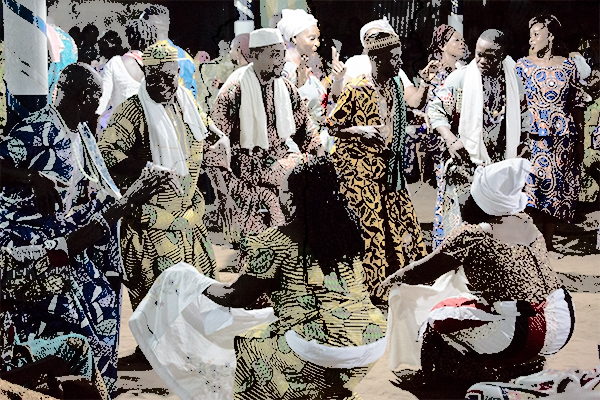
The Vodun festival
The ritual dances of the Beninese vodun are much less eroticized than their Cuban counterparts. The towels wielded by the women are used to mop the priests’ foreheads, not to play the codes of the rumba. And even less salsa. On the other hand, the joy of the followers is similar, as is the participation of all age groups
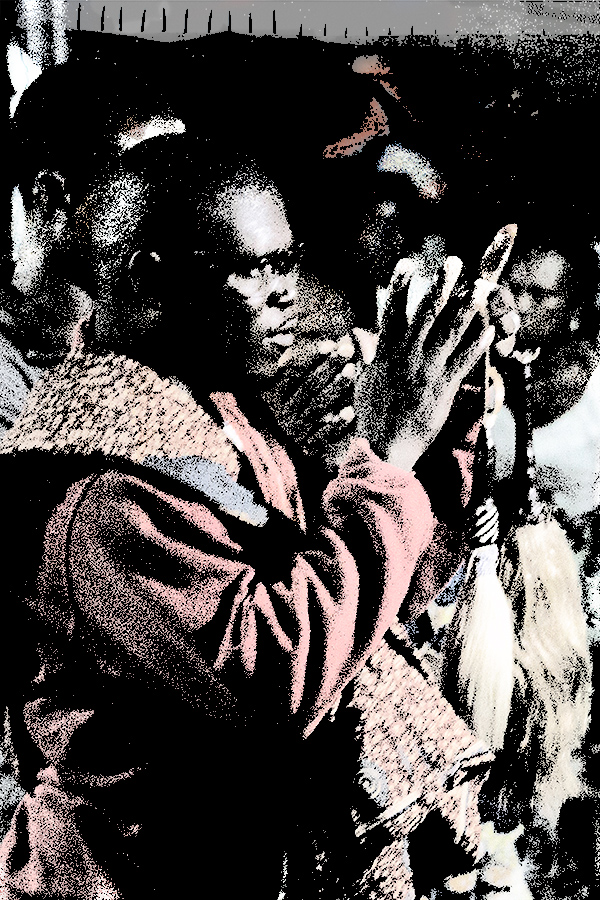
The call of the vodun
In Benin and Togo vodun is an endogenous religion, and the inhabitants do not hide from the festive part of the rites, open to all. The voodoo call, which takes hours, consists of a lap of priests waving a sort of blond feather duster while chanting a litany of calls to the rhythm of the drums before sitting down or dancing. For the followers or initiates it is then the occasion for dancing and singing, during the priests’ round or outside, the freedom is total. From time to time a bank note is placed on a priest’s forehead and quickly picked up by a zealous assistant.
No one drinks or smokes, the gin, alcohol of the rites, is reserved for donations, it will be used later…when the ritual is reserved for the initiates, and the photographer is gone!
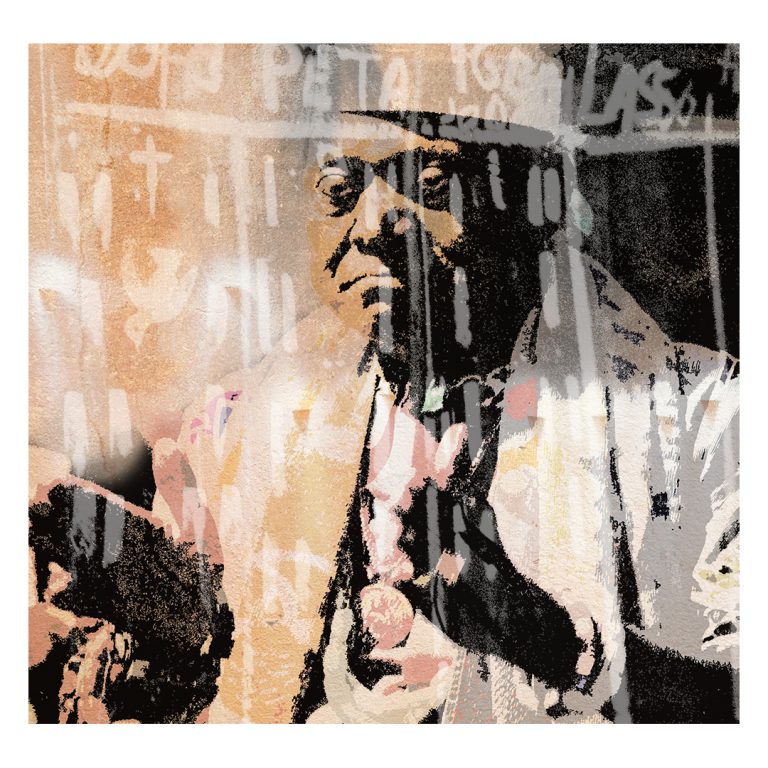
The fâ
Fâ is a divinatory art that is realized with the help of a rosary with two branches and sixteen possible combinations per branch. Its symbolic language is translated by simple or double strokes according to whether the four half nuts of each branch of the rosary fall open or closed. The set of strokes of the two branches form the figurative representation of each « Dou », the 16 mother signs of the Fa. In addition, each Dou of the Fa contains 16 verses that express in a lyrical and poetic way a sacred history of the Yoruba or Adja peoples, which makes a total of more than 4096 verses that tell a mythological story, a tale, a song, a proverb, a riddle on which the diviner will base himself to interpret the Fa oracle and transmit the Fa’s answer to the question that motivated the session. A good diviner is supposed to have memorized as many as possible…
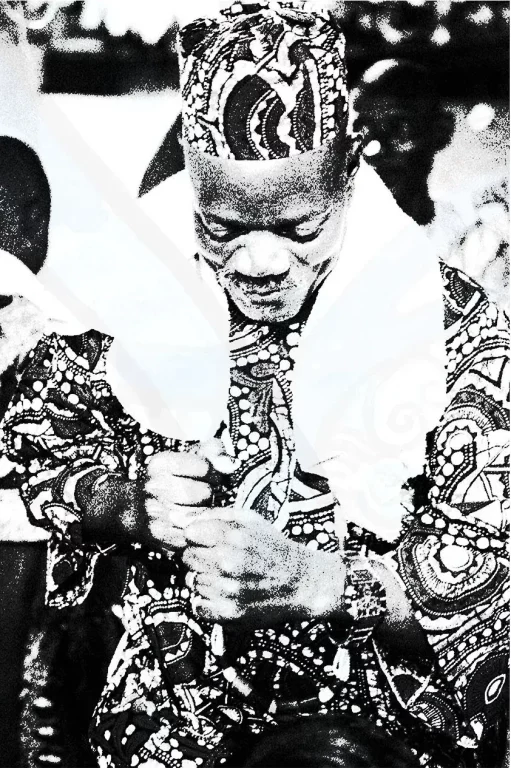
The Hounon Dance
The hunon is at the top of the vodun clergy hierarchy. Clerical legitimacy is transmitted by blood, and it is with a pout of condescension that priests born of slavery are, or rather are not, recognized.
Slaves were captured inland and members of the vodun clergy were not, or very rarely, involved. If it is accepted that the royalty of the seaside collaborated in the slave trade, the position of the vodun clergy during this long period seems to be somewhat taboo.
In the plantations the practice of voodoo was forbidden and the tradition spread orally, secretly, from memories that mutated in contact with the obligatory learning of the catechism. This situation created a kind of complex in relation to the original cult and the sum of crossed guilt did not facilitate exchanges between native Africans and descendants of slaves. I believed of the vodun cult as a hyphen, and it is not so simple.
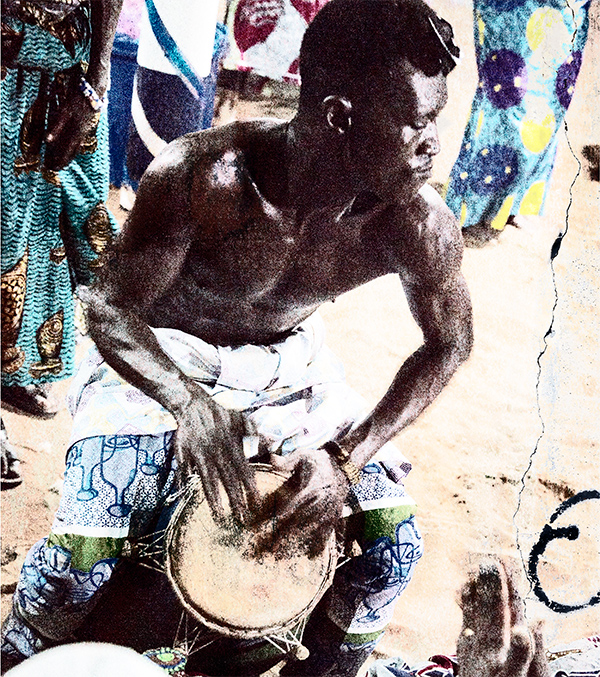
The tribute to the priests
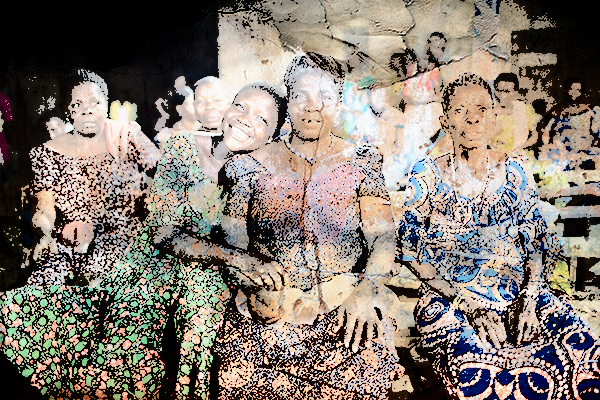
The Dancers' Break at the Voodoo Call
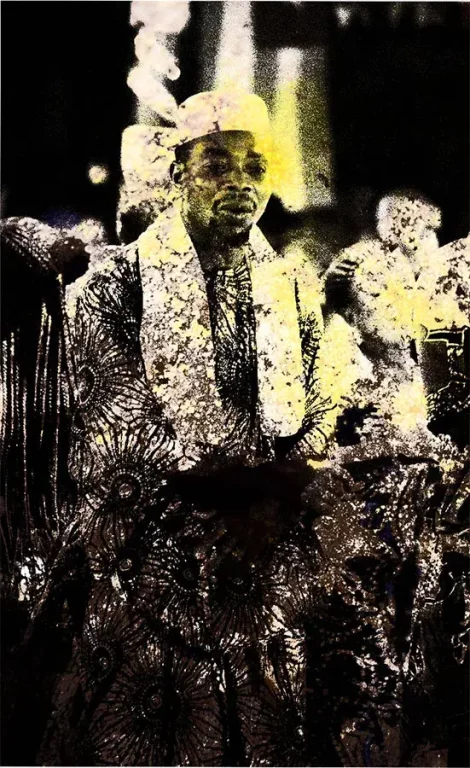
The Young Priest
During a geomancy, four cowries are thrown to the ground repeatedly, each throw giving rise to an interpretation. The advice given is about your identity and your otherness. A good priest balances both. It doesn’t matter if you believe the priest: if his advice or alarms from the throws resonate with you, there may be something to dig into…
Some Priests claim to have been called by voodoo, and it is frequent to hear them say they had no choice! For others, those who come from priestly families, there is an added value in descending from a prestigious or even deified ancestor and becoming the guardian of a temple or convent, a community, or even a city, a bit like the local system of royalty.
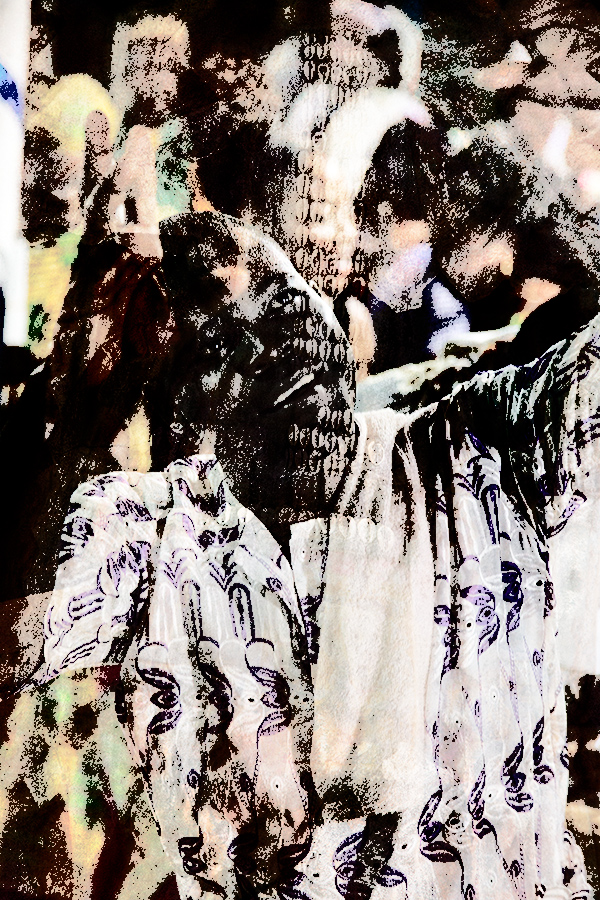
The Vaudonsi
During the call of voodoo, the festive social bond is in full swing, the freedom of action of the followers is blatant, some dance, sing, go and play the tam tam in front of one or more priests, take photos or films with their telephones…while at the same time serious and secret things get organized, in a perfectly tuned ballet.
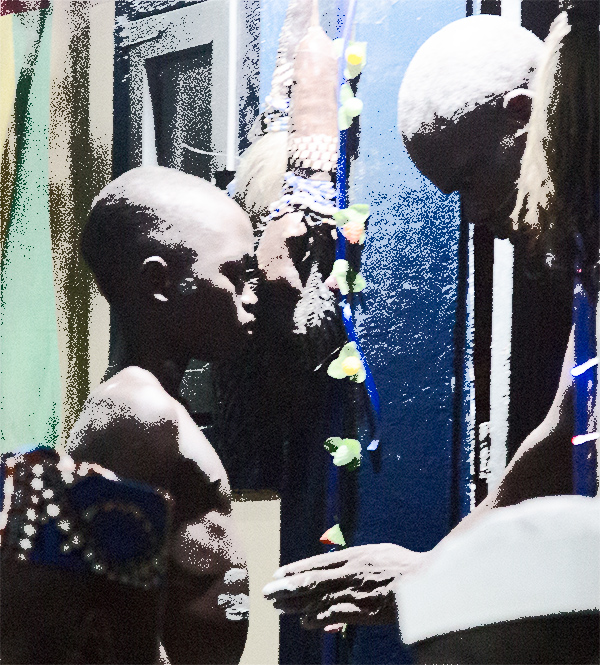
The initiation
